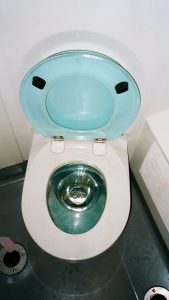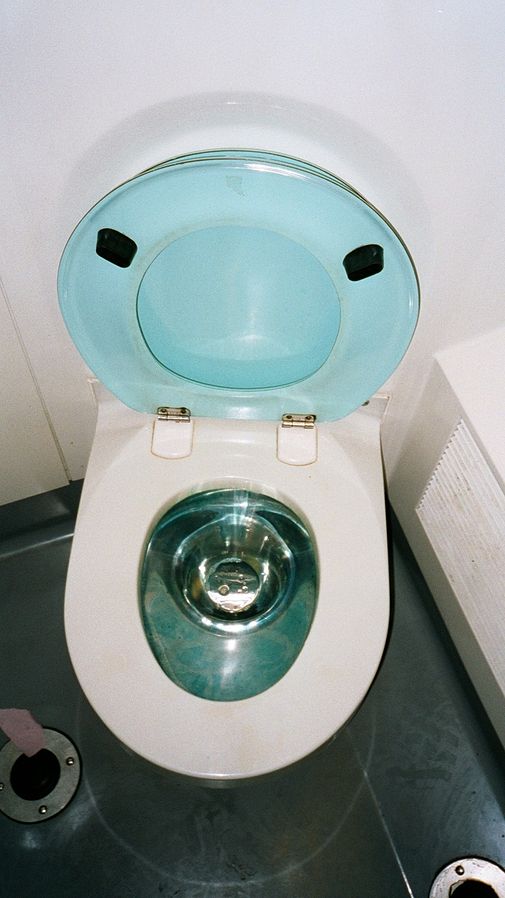
So we’ve written a lot about wastewater monitoring as a tool for community-level surveillance for SARS-CoV-2. I thought this article was a nice twist on that… looking at airplanes and cruise ships as a way to better monitor the virus in a travel setting. Abstract below:
Abstract
Background
Wastewater-based epidemiology (WBE) for the severe acute respiratory syndrome coronavirus 2 (SARS-CoV-2) can be an important source of information for coronavirus disease 2019 (COVID-19) management during and after the pandemic. Currently, governments and transportation industries around the world are developing strategies to minimise SARS-CoV-2 transmission associated with resuming activity. This study investigated the possible use of SARS-CoV-2 RNA wastewater surveillance from airline and cruise ship sanitation systems and its potential use as a COVID-19 public health management tool.
Methods
Airline and cruise ship wastewater samples (n = 21) were tested for SARS-CoV-2 RNA using two virus concentration methods, adsorption-extraction by electronegative membrane (n = 13) and ultrafiltration by Amicon (n = 8), and five assays using reverse-transcriptase quantitative polymerase chain reaction (RT-qPCR) and RT-droplet digital PCR (RT-ddPCR). Representative amplicons from positive samples were sequenced to confirm assay specificity.
Results
SARS-CoV-2 RNA was detected in samples from both aircraft and cruise ship wastewater; however, concentrations were near the assay limit of detection. The analysis of multiple replicate samples and use of multiple RT-qPCR and/or RT-ddPCR assays increased detection sensitivity and minimised false-negative results. Representative amplicons were confirmed for the correct PCR product by sequencing. However, differences in sensitivity were observed among assays and concentration methods.
Conclusions
The study indicates that surveillance of wastewater from large transport vessels with their own sanitation systems has potential as a complementary data source to prioritize clinical testing and contact tracing among disembarking passengers. Importantly, sampling methods and molecular assays must be further optimized to maximize sensitivity. The potential for false negatives by both wastewater testing and clinical swab testing suggests that the two strategies could be employed together to maximize the probability of detecting SARS-CoV-2 infections amongst passengers.
